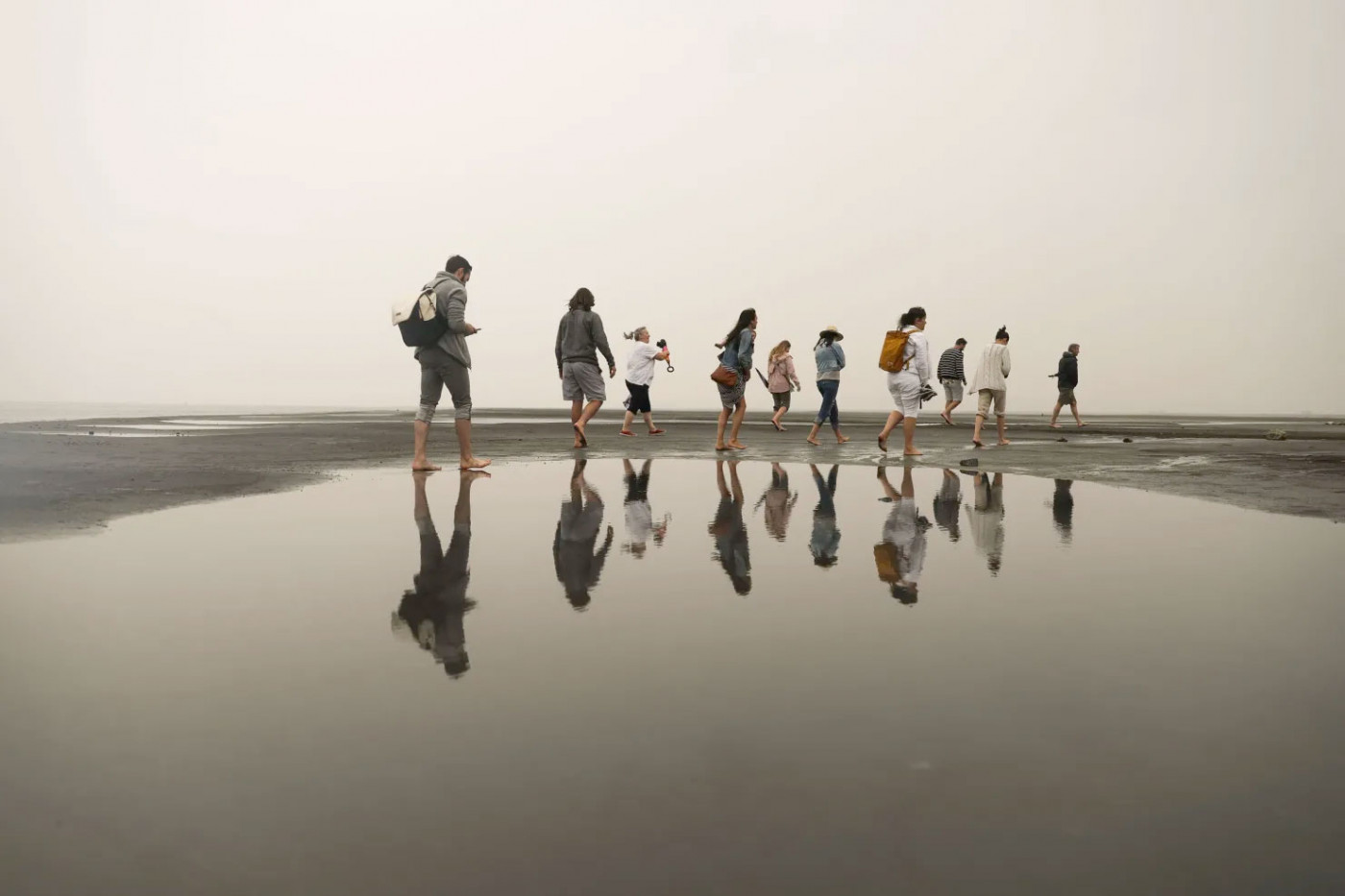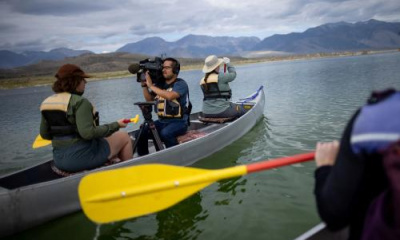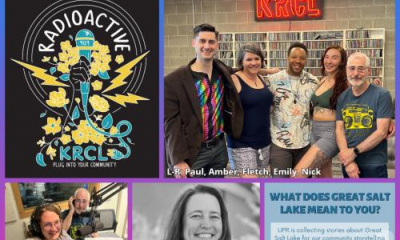They say a rising tide lifts all boats.
But if we’re hoping to lift any boats in the Great Salt Lake, we’re going to need a lot of help.
Utah’s salty stalwart, the unique and often misunderstood environmental feature our state is known for worldwide, that our capital city is named for, is not what it used to be.
It’s shrinking. Drying. Receding. Ailing. Dying.
There are a lot of adjectives we employ when we write headlines about Utah’s iconic lake. And they’re all pretty grim.
Think about it. Last October, deep into Utah’s devastating drought, the Great Salt Lake hit its lowest point in recorded history. Animals are walking off of Antelope Island (which isn’t really an island anymore) on dry land. A sinking number of sailboats are docked in the marina, which is becoming less navigable each year. And as businesses that depend on the lake flounder, a report from the Great Salt Lake Advisory Council warns that more than 6,500 jobs could be lost.
With the lake in such dramatic decline, what can be done?
Here enters the Great Salt Lake Collaborative. We’re a group of news outlets, educators, experts and community organizations united under the common purpose of not just making people more aware of the plight of the Great Salt Lake, but searching for solutions that could help it.
And as part of that mission, with the support of the Solutions Journalism Network and a grant from the Knight Foundation, we’re sharing what we learn with each other.
Get ready to read, see and hear top-notch reporting about the Great Salt Lake from the collaborative’s partners, including on each other’s platforms. We will be publishing, airing and sharing each other’s work in order to get better answers to more people, and to increase all of our understanding about the Great Salt Lake’s irreplaceable role in our state.
Our group’s mission statement lays out the question we are focused on: “During a time of drought, climate change and major population growth, how can Utah better support a critical body of water?
“We will do this through rigorous journalism, innovative storytelling and unique community outreach that focuses on how agencies and people are responding to the challenges facing the lake.”
Working together like this doesn’t always come naturally to news media. But, we think this issue is THAT important. We are coming together to better understand the lake, and as part of that journey, we want to understand what your hopes, concerns and ideas are for the Great Salt Lake.
That’s right. You.
We invite you to fill out our Great Salt Lake Solutions Survey to give a rudder to our reporting, and tell us how you would enjoy engaging with us in educational and entertaining events. In the coming weeks, months and years, please visit the websites, publications, radio stations and TV channels of our partners to see what we learn together.
And then, we hope, the tide will begin to rise.
Our members:
- Amplify Utah
- Deseret News
- Fox13
- Great Salt Lake Institute at Westminster College
- KCPW
- KRCL
- KSL.com
- KSL-TV
- KSL NewsRadio
- KUER
- Salt Lake City Public Library
- Salt Lake Community College Community Writing Center
- Salt Lake Tribune
- Standard-Examiner
- The West View
- Utah Film Center
- Utah Public Radio
- Utah State University researcher








